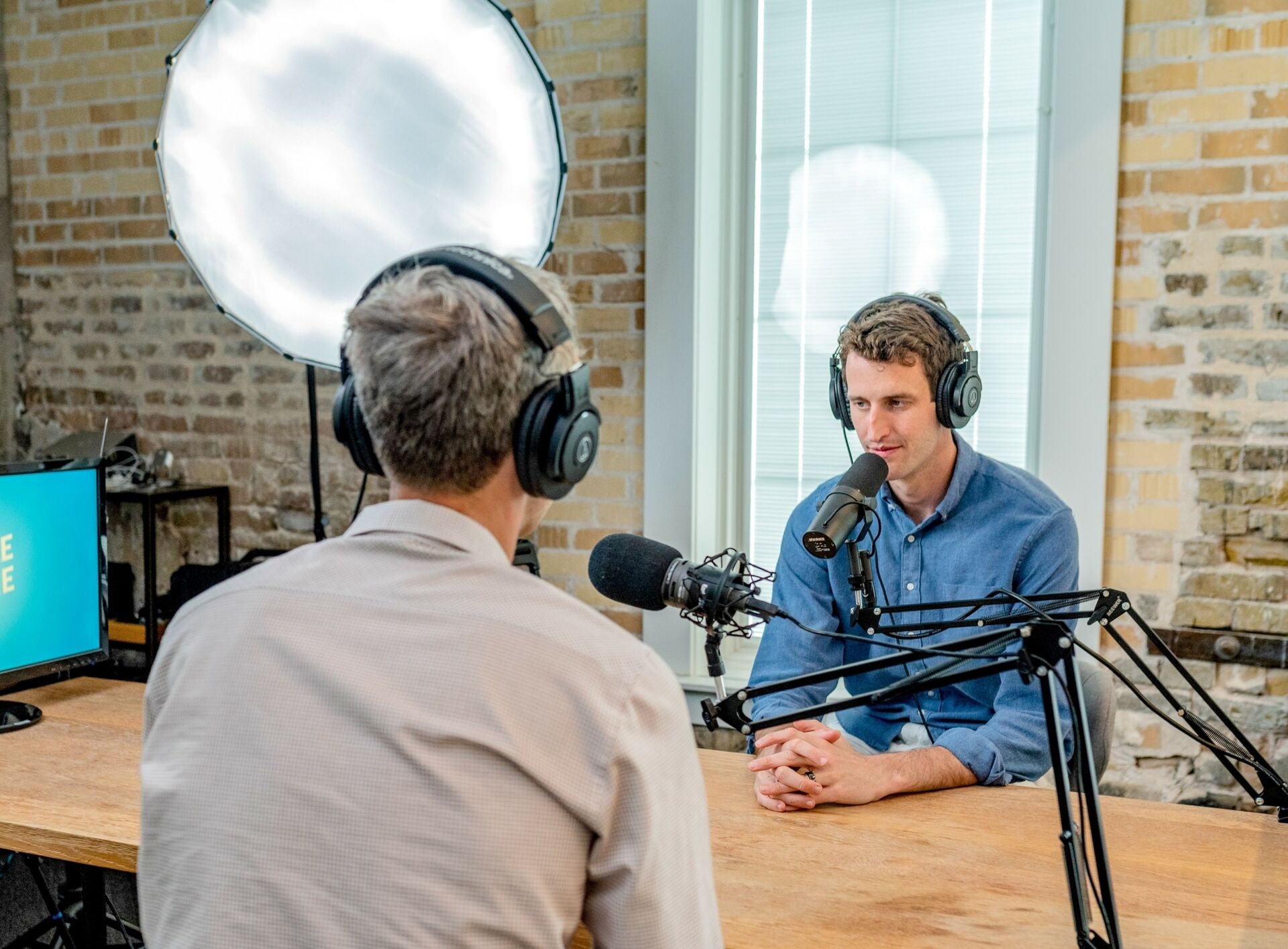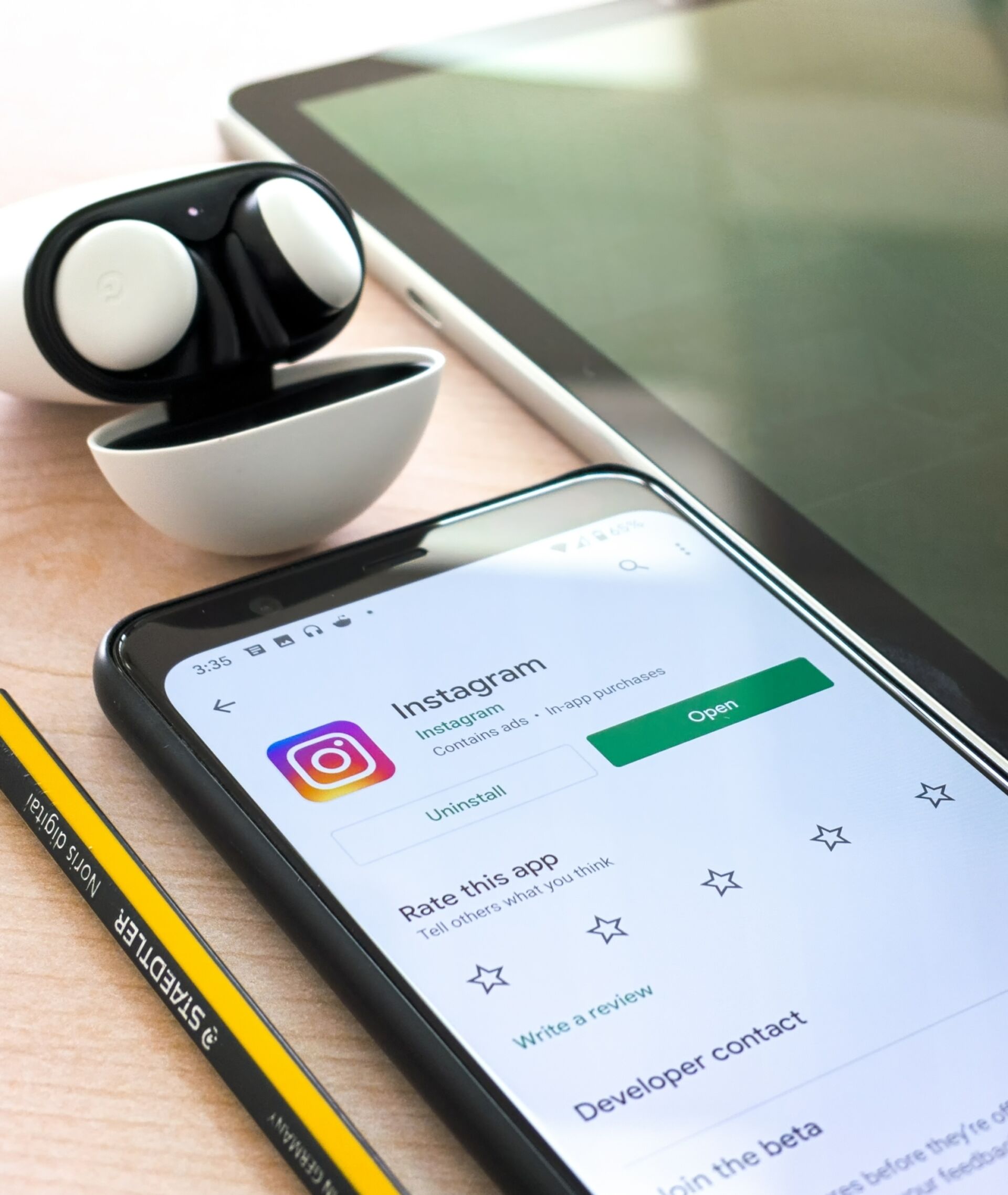Construction marketing on a shoestring – 34 tips
In times of crisis, it can be tempting to cut back hard on marketing and communications. But there are plenty of activities you can keep going in lean times that won’t break the bank, many of which you can do yourself. We’ve pulled together 34 ideas to help you get started.

In times of economic crisis, accountants will tell you to cut back hard on spending. Cash is everything. So, how should this affect your construction marketing?
It won’t come as a surprise that we’re going to make the argument that stopping all marketing and communications activity can be counterproductive. Not only does it mean you’ll have to start from scratch again when the bounce-back comes, it also leaves you at risk from competitors who use this opportunity to grow their customer base by moving into your space.
It needn’t be a dilemma. There are plenty of marketing activities you can keep going in lean times that won’t break the bank and many of which you can do yourself.
Here are 34 budget DIY tips to help you get started with your own construction marketing:
PR is your friend
1. When budgets are cut, PR is your friend – a way of maintaining brand visibility a lot more cost-effectively than advertising. If you want to do this PR yourself right now, a simple way to start is to get in touch with your local newspaper, your professional institute journal or the main trade magazine for your sector, and offer a good news story about what you are doing as a business to tackle coronavirus.
2. Put forward your story to the Construction Leadership Council’s new ‘good news’ website: https://www.constructioncovid19response.co.uk. Contact us if you need help.
3. Seeing criticism of construction in the press and want to put the other side of the story? Got a good idea about how to do business in the ‘new normal’? Get vocal. Comment on online news articles and offer a fresh point of view or new insights that could lead to a follow-up chat with a reporter and some positive PR for your brand or industry.
4. Radio phone-ins offer a great opportunity for free publicity for your business while you’re working from home, especially if you’re willing to present an interesting view on current events. Keep the radio on in the background at home and listen out for opportunities to call in. Listen to your local radio station – this could be either your BBC local radio station or a commercial radio station – and if you hear a good opportunity, just jump on the phone. For national phone-in programmes listen to 5 Live Breakfast with Nicky Campbell and Rachel Burden from 6.00am with calls from 9.00am. Or try the Jeremy Vine show at midday on Radio 2.
5. Use the free version of Survey Monkey to conduct a simple survey among your customers or other contacts about a topic that is newsworthy, and use the results to create a news story and opportunities to comment to the media.

CSR activities display your brand values
6. Businesses large and small are showing their true colours at the moment, and it’s an amazing morale boost to see so many initiatives being taken to support employees and their families, community groups, charities and others. These things will not be forgotten. Should you talk about this right now as part of your marketing? We believe you should, if it’s done in the right way.
7. Use empty offices, your home or even company vehicles standing idle to display posters in the windows about what you are doing to help, and/or to communicate messages on behalf of others. Show off all the beautiful rainbow pictures made by your employees’ children. Update people on what you can do to help, how you are keeping people safe (particularly if your staff are now starting to go back to work) and other positive messages that people could see on their daily walks.
8. Encourage and support volunteering opportunities if you have people on furlough who are well and have some time to offer. Not only will they be helping to make a difference and will feel good in the process, but the networking and personal connections made right now could also be very good for business in the future. People from all walks of life are coming together in new ways, and such CSR activities are a win win for everyone.

Get better insights
9. If you’ve got a bit of time, now is a very good time to update your contacts database and conduct a bit of vital customer research. We recommend getting in touch with your contacts on the phone if you can (see tip no. 34), and using the opportunity to check you’ve got up-to-date contact details (and permission to use them), plus asking a few questions that could help inform your marketing, e.g.:
- What media or industry newsletters do they still read?
- What search terms do they use to search for relevant products online?
- What do you like / dislike about your website?
Just the basic process of doing this research and making contact also provides a free opportunity to communicate and promote your brand.

Online events create connections
10. Almost certainly by now you’ll have discovered the delights of video conferencing and online meetings via Microsoft Teams, Zoom, Google Hangouts, GoToMeeting etc. So if you have the technical content, now is the time to make it available as an online CPD or an online training presentation and invite your customers to meet you online.
11. Even if you can’t offer enough technical content yourself, see if your trade association has any pre-prepared (and ideally RIBA-approved) CPDs or training presentations that could be reused under your brand and offered by you to your customers and prospects. Or offer one of your expert colleagues as a presenter to one your trade association’s own webinars.
12. Consider collaborating with other related businesses in the supply chain to create a Toolbox Talk online. You could link up with other non-competing businesses or individuals to offer training and guidance in your area or to write joint expert e-newsletters.
13. Don’t forget that although you can’t do face-to-face sales meetings in person right now, you can still run virtual product demonstrations. These can be recorded in advance or presented live on a webinar via sites like WorkCast or GoToWebinar. If you are presenting live, record the demonstration and make it available for customers to watch at a later date. Provide the opportunity for your customers and prospects to ask questions online.
14. Set up a weekly virtual networking club for suppliers and customers, inviting them to join you online for a virtual beer after work one day or a Feelgood Friday teatime catch-up. Maybe include a fun element, such as a quiz or a competition.
15. Like to talk? Host a private podcast for customers, suppliers or prospects. Apps such as Storyboard offer a free version, where you can invite people to listen via a secure link.

Be sociable
16. Use relevant social media on a regular basis to engage with existing customers and to increase visibility. Depending on your customers, this could include LinkedIn, Twitter, Instagram or Facebook. Don’t feel that you have to be on all platforms – go where your audiences are.
17. If you don’t already have a business page or profile set up for all or some of these social media platforms, take the time to get set up now. Every platform has advice for businesses with a host of free online resources and toolkits to get to started. Check out Facebook for Business, Twitter for Business, LinkedIN for Small Business, and Instagram for Business for how-to guides and advice. For more detailed tips and advice on how to market your business using LinkedIn, read our guide here.
18. Use social media to promote the new content that you are putting on your website (see below), plus links to any online media coverage that you’ve achieved (see above). Get your employees to help spread the word via their social media channels too.
19. Use local hashtags on Twitter and Instagram. Local businesses are getting more social shares and love right now as people support their local community, local businesses and local employers.
20. Check out whether you’re eligible for the Facebook grants for businesses that have been released for companies worst hit by COVID-19.
21. Need some professional looking graphics for your social media sites? The basic version of Canva is a great free design tool for pulling together social media tiles, infographics and other images. Tools like Biteable are also very easy to use for DIY infographic-style videos for use on social media and elsewhere.

Boost digital and online visibility
22. Create a simple content plan with a list of topics that you think would be of interest to your prospects. Then get writing with opinion pieces, ‘how to’ type advice, profiles of your team and case studies of your work that you can put onto your website (and some of which may also be suitable for PR too, see above).
23. Ask customers for testimonials or case studies. Write up the story of what you did for them, but to make the stories more engaging and less braggy, tell the story from their point of view – your customer should be the hero and you the simple facilitator of their success. Get pictures (or even video) if you can.
24. Add an extra element to get customers to talk about themselves by asking how they started out in construction / surveying / architecture / housing etc. This helps you both get to know them better and gather information and content for future campaigns (see tip no. 9)
25. If you haven’t already, list your business on Google My Business. This free tool can help you create and manage your Google listings with lots of useful information including photos and videos of your business, your opening times, contact details, special offers and other useful details which can really boost your visibility in Google search results.
26. Web searches have surged for many businesses, so if your web presence is not as good as it could be, it costs nothing more than a couple of hours one afternoon to sit down and do an initial website MOT. Analyse your strengths and weaknesses and check out your competitors’ sites so you can judge their strengths and weaknesses too. In particular, check if every landing page on your website has a strong Call to Action – e.g. ‘register for our newsletter’, ‘request a callback’, ‘download our e-book’ etc. You want to make it very clear to website visitors about what is the natural next step to bring them closer to you.
27. Ask a family member or a friend to test your site – ask them to share their screen with you, tell them what a customer would be looking for and just watch them navigate around your website. I guarantee you’ll see simple things that could really help to improve the user experience of your website. Hotjar is also an online tool that does something similar.

28. While you’re at it, see if you can improve your website’s SEO (search engine optimisation). This might not be a DIY job, but there are many ways you could get stuck in if you are interested. The best place to start is to research the keywords that you want to rank for.
29. Once you’ve identified your target keywords or phrases (ideally, based on what your customers tell you – see tip no. 9), make sure those exact words are included in the title of the relevant web page that best meets that search term, as well as the body copy of your page, and if possible, the URL. There is much, much more to SEO than this, but these are things that many businesses can do for themselves.
30. Site speed plays an important role in both SEO performance and the general user experience. Research shows that once you hit a three second load time you can expect to lose 50% of your visitors. Google offer a range of tools to help you analyse and benchmark performance, alongside suggested improvements and fixes. ThinkwithGoogle will look at your average performance on mobile and PageSpeed Insights will let you test pages individually to review your desktop performance. We recommend starting with your homepage.
31. Is your business listed on all the relevant directories, professional institute websites and ‘find a business’ type sites where customers might be searching, or which offer useful inbound links to your own company website? Check out industry advertisement sites, like the Construction Enquirer directory.

Direct mail
32. Use your email signature to tell customers about your latest news, the good causes you’re supporting, upcoming webinars, new products or services in the pipeline etc. Make sure you are offering an easy direct link to your website.
33. Start a simple e-newsletter for your business. You can use an e-newsletter to keep in touch with customers and prospects, to offer help and advice, training sessions, sales calls and even product demonstrations. Mailchimp is free for the first 2,000 contacts and costs less than £10 per month for 50,000 contacts. It also offers free online advice and tools on how to get started with plenty of simple templates to choose from.
The best tip of all
34. Last but by no means least, don’t forget to pick up the phone. While everyone is engaged in digital communication, taking time out of your day for an old-fashioned one-to-one chat will go a long way to help you stay connected with customers, prospects and suppliers. Call us too – we’re always here for a chat.
Do you have a project you want to talk to us about?
LMC is a PR and communications consultancy on a mission to help our clients change the construction, property and built environment sectors for the better.
Using our specialist knowledge and skills, we help clients to achieve their change agenda, building their reputation and profile around the topics that matter most.
If you need help to meet your ambitions and make a difference, please get in touch for an informal discussion about how we can help.